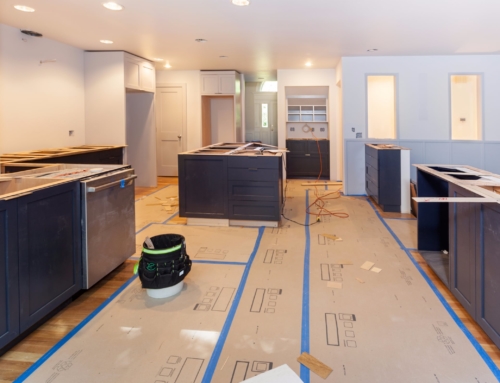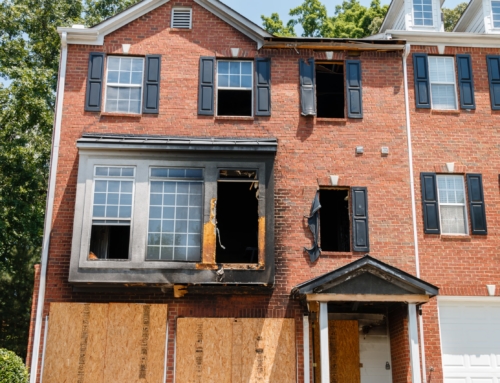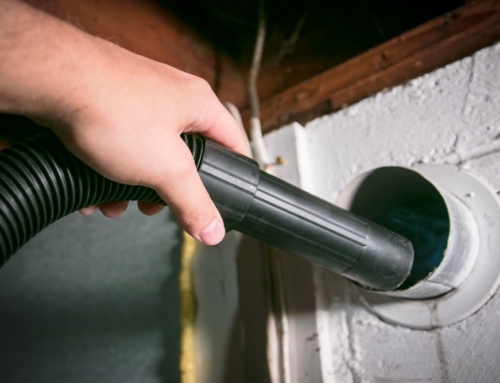Q: My husband and I are considering doing some remodeling to our home of 13 years instead of moving to a larger and more expensive home.
We originally paid $105,000 for our house, which was new when we bought it, and it is now worth approximately $180,000.
We currently owe $90,000 and have 10 years remaining on the loan with an interest rate of 5.75 percent. We have a boat, so what we really need is a 3-car garage. And since we don’t have a basement, storage is also an issue.
We are considering putting on a 2-story addition to the back of the house to extend our garage, laundry room and second floor bonus room by 15 feet. This will add 400 square feet to the house.
We’re also looking at adding a swimming pool with a water feature to the backyard. The cost for all of this would be $77,000. The cost to buy a new house with similar features would be around $350,000. We’re hesitant to buy a new house because we hope to be out of debt by the time we’re 50, which will be in 10 years.
Is it a smarter move financially to do the remodel and not buy the larger house or should we sell? And if we do go ahead with the remodeling, what is the best way to finance it?
A: It sounds like you have an opportunity to make some real money. If I add the proposed the $77,000 cost of the addition to the $105,000 you paid for the property originally, I get $182,000 as your cost basis. If the remodeled home would then fetch $350,000 on the open market, that’s $168,000 in profit that you would reap tax-free when you sell the property.
That’s nice money to add to your retirement kitty.
While renovating is a headache, you seem to have a pretty good idea of what you want to do and have already priced it out. Now, you have to think about whether the homes in your neighborhood are going to continue to appreciate at about 5 percent per year — which is the kind of home appreciation you’ve seen over the past 13 years.
If local economic conditions seem to be good, and other people are investing cash in their homes to improve them, then the investment would appear to have little risk.
Now, let’s talk about how you’re going to pay for your upgrade. Since you only have a $90,000 mortgage on the house, and the property is worth $180,000, you have the option of refinancing the entire loan on the property and getting a home equity loan to pay for the balance of your renovation.
An 80 percent mortgage on the $180,000 value of the home would be $144,000. That would give you $54,000 in cash after you pay off your old mortgage. You could then take out a home equity loan for the additional $23,000 that you would need to finance your home improvement.
This kind of loan, also known as an 80/10/10 (80 percent first mortgage, 10 percent second mortgage with 10 percent down) or an 80/15/5 (same mortgage structure except you have a 15 percent home equity loan with 5 percent down), which is also known as piggy-back loan, means you won’t pay private mortgage insurance. That’s a big savings.
Once your addition is complete, you could either refinance the loan again, or simply work to pay off the home equity loan as quickly as possible. (Of course, I’m assuming that you can qualify for a mortgage of approximately $167,000.)
If you plan it right, you could pay off the home equity loan and your current mortgage in 10 years.
Talk to a couple of different loan mortgage lenders to see what they offer and how much you’d qualify to borrow. But assuming you could afford to buy the $350,000 property, you probably can swing this mortgage as well.
March 4, 2005.






Leave A Comment